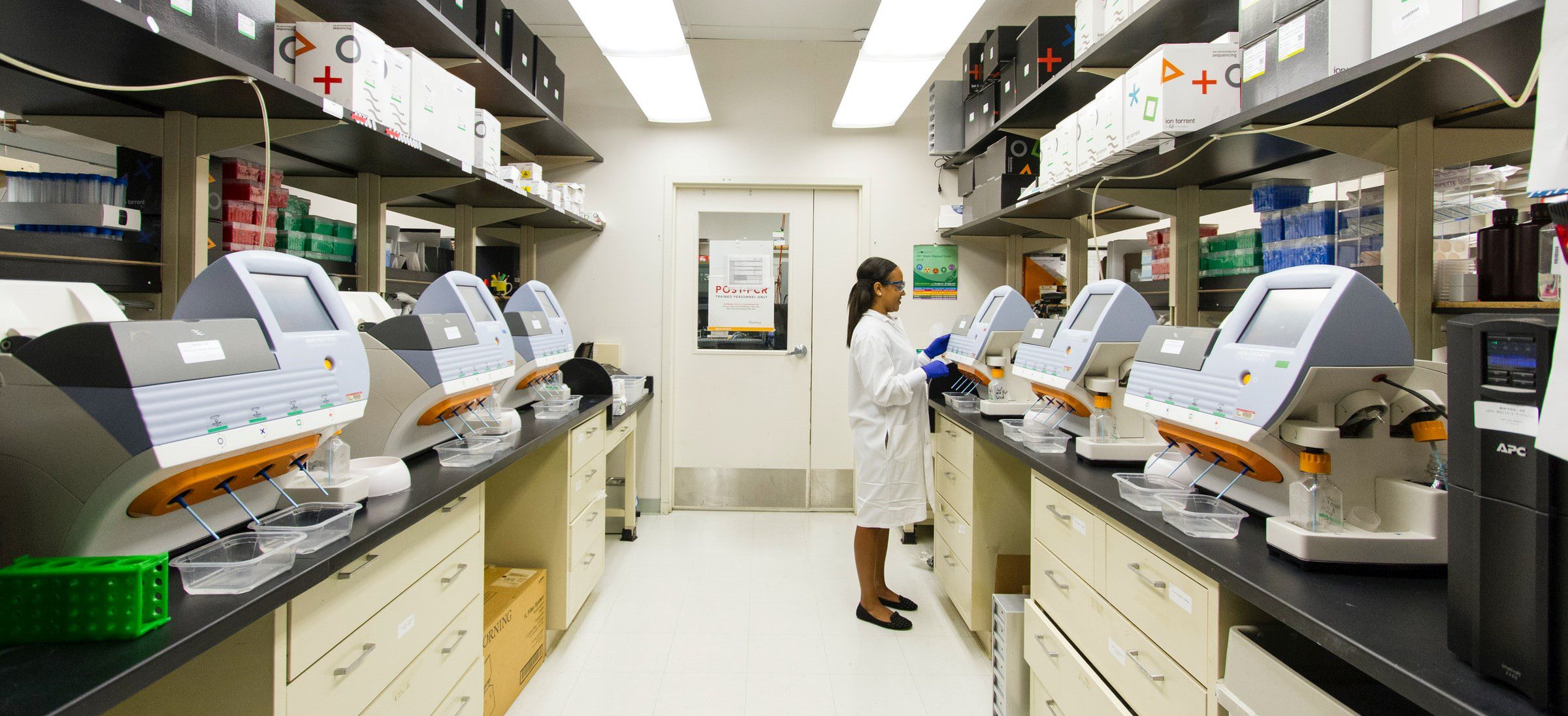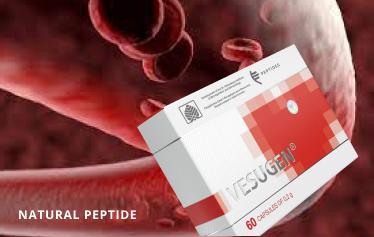Main idea: In this study, both electrical stimulation modalities improved blood flow and wound area reduction rate. Studies examining optimal electrical stimulation treatment times for healing to occur, the effect of comorbidities and baseline wound variables on electrical stimulation outcomes, and the nature of the relationship between blood flow and healing are necessary.
Abstract
The use of electrical stimulation should be considered for treating non healing pressure ulcers (PUs), but optimal electrical stimulation wound treatment protocols have yet to be established. A randomized, controlled, double-blind clinical study was conducted to evaluate the effects of cathodal and anodal high-voltage monophasic pulsed current (HVMPC) on periwound skin blood flow and size reduction of Stage 2 to Stage 4 PUs of at least 4 weeks’ duration. Persons >18 years of age, hospitalized with neurological injuries, at high risk for PU development (Norton scale <14 points; Waterlow scale >15 points), and with at least 1 Stage 2 to Stage 4 PU were eligible to participate in the study. Persons with necrotic wounds, osteomyelitis, electronic or metal implants in the PU area, PUs in need of surgical intervention, acute wound inflammation, diabetes (HBA1c >7%), diabetic neuropathy, cancer, and/or allergies to standard wound treatments were excluded. Patients were randomly assigned to 1 of 3 groups: anodal stimulation, cathodal stimulation, or placebo electrical stimulation. All groups received individualized PU prevention and standard wound care. In the PG, sham electrical stimulation was applied; the AG and CG were treated with anodal and cathodal HVMPC, respectively (154 μs 100 Hz; 360 µC/second; 1.08 C/day), 50 minutes per day, 5 days per week, for a maximum of 8 weeks. Periwound skin blood flow was measured using laser Doppler flowmetry at baseline, week 2, and week 4, and wound surface area measurements were obtained and analyzed using a digitizer connected to a personal computer. Data analysis utilized the maximum-likelihood chi-squared test, the analysis of variance Kruskal-Wallis test, the Kruskal-Wallis post-hoc test, and Spearman’s rank order correlation. Nonlinear approximation based on exponential function was used to calculate treatment time needed to reduce the wound area by 50%. Of the 61 participating patients, 20 were in the anodal stimulation (mean age 53.2 ± 13.82 years), 21 in the cathodal stimulation (mean age 55.67 ± 17.83 years), and 20 in the PG (mean age 52.5 ± 13.18 years). PUs (baseline size range 1.01 cm2 to 59.57 cm2; duration 4 to 48 weeks) were most frequently located in the sacral region and classified as Stage 3 . periwound skin blood flow at week 2 was significantly higher in the anodal stimulation and cathodal stimulation than in the PG . Week 4 differences were not statistically significant. Wound percentage area reduction calculated at week 8 for the anodal stimulation and cathodal stimulation were significantly different from ulcers stimulated with placebo stimulation. In both electrical stimulation groups, periwound skin blood flow at week 4 and percent wound surface area reductions between weeks 4 and 8 were positively correlated, but only the anodal stimulation was significant.
Source NIH













Leave a Reply
You must be logged in to post a comment.